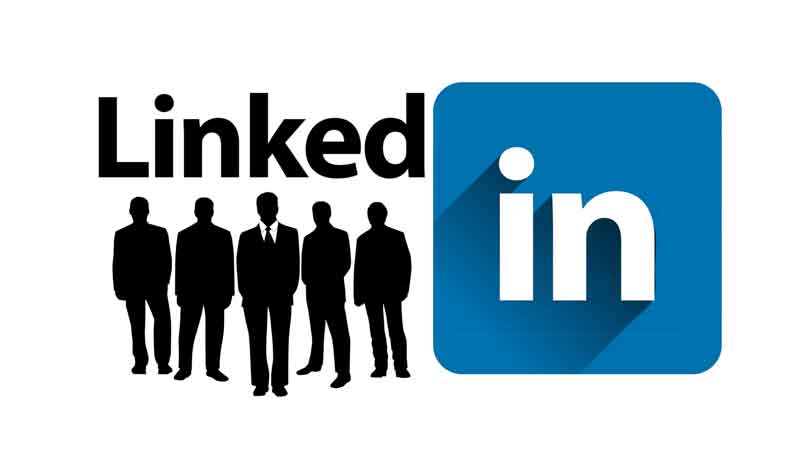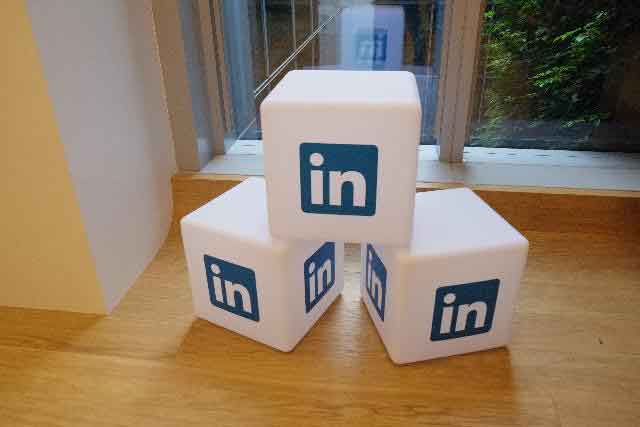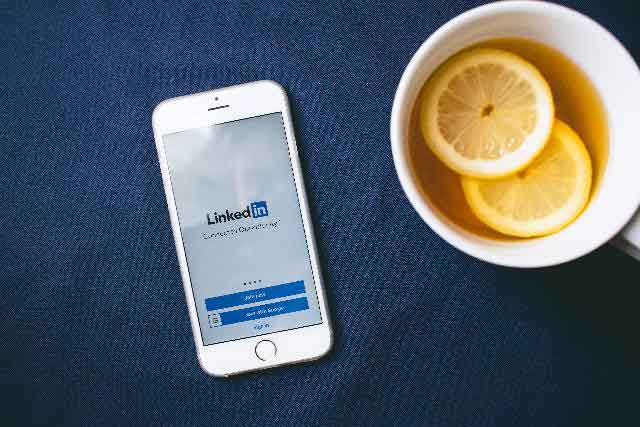LinkedIn is the largest professional network on the internet. It allows companies and professionals seeking to form labor synergies or discover new business opportunities to connect with each other.
It is the ideal platform for students, people who run companies, or anyone looking to find a job or advance in their career.
LinkedIn offers a basic membership at no cost, to any person who wishes to create and maintain a professional profile online.
However, for those who want access to additional products and features, there is also the option of a premium subscription.

On LinkedIn, users can:
Find and connect with contacts in their fields of interest
Find out where their university colleagues work
Find job offers
Participate in specialized groups with other people who share their affinities
Explore and develop new job skills through the LinkedIn learning modules
Use the LinkedIn Events feature to create and join professional events such as online workshops, seminars, sales and marketing events, networking events, and more.
Write articles, post photos and videos, and more.
Why Use LinkedIn for Your Marketing Campaign?
Although LinkedIn is primarily a talent website, it is also a space for excellence in content distribution and development. There are 3 million new content publishers on LinkedIn, in addition to colleagues who publish content on the feed, long-form content, LinkedIn groups, and 57 million company pages run by brands.
Additionally, it is one of the most trusted social media platforms, and offers an environment conducive to brand development and ownership. When an audience trusts a platform, they are more receptive to “accept and connect” with the brands that have a presence there.
The databases and contact directories that LinkedIn offers are among the most reliable in the world. People on LinkedIn are there to find a job or display their work achievements, so it’s important that the information uploaded be accurate. For this reason, LinkedIn is a source of up-to-date, precise, and relevant information that allows users to obtain better-quality leads.
If you’re looking to execute a remarketing campaign, LinkedIn is the ideal site, since you can take the data you already have on customers or potential customers, compare it with the platform’s global database to capture it directly, and turn those profiles into qualified leads.

Establishing a Budget for a LinkedIn Campaign
Before creating a marketing budget, the first question you must answer is, “what does this campaign seek to achieve?” What is the campaign objective? Once the objective is clearly defined, an appropriate budget can be developed.
The LinkedIn platform offers several budgeting options. All of these options administer ads with a pace called “lifetime,” which predicts platform activity and optimizes budget distribution and costs incurred.
Daily budget:
The average amount you’d like to spend per day for your campaign. You can set a daily budget on a continuous schedule or with a set schedule.
Continuous schedule:
When you set a daily budget with a continuous schedule, it will be distributed throughout a virtual week (Monday through Sunday). While your campaign’s actual daily spending will vary, your campaign won’t spend more than seven times your daily budget in a week. Actual daily spending may be up to 50% higher than the daily budget amount on a given day.
Set schedule:
When you set a daily budget with a start and end date, total campaign spending won’t exceed the amount equal to your daily budget multiplied by the number of days in the schedule. Actual daily spend may be up to 50% higher than the daily budget amount on a given day.
Lifetime budget:
The total amount that you’ll spend for the entirety of your campaign’s schedule, from start date to end date. When you select Lifetime budget, the daily budget spend will be paced to optimize performance during the lifetime of the campaign.
When you select a lifetime budget with a start date and end date for your campaign schedule, your lifetime budget must be equal to or greater than a minimum budget. The minimum budget required is determined by the duration of your campaign and will be displayed if the set budget is too low.
Set both a daily and lifetime budget:
When you choose Set both a daily and lifetime budget, you’re able to set both a lifetime budget and a daily budget guideline for your campaign. Lifetime budget is the total amount you will spend for the entirety of your campaign schedule. Daily budget is the amount you would like to spend per day. By combining these options, you’re guiding the daily pace and total spending of your campaign.
When you select Set both a daily and lifetime budget, you can only set a continuous campaign schedule with no end date because your campaign will end when the lifetime budget amount is reached.

LinkedIn Advertising Cost and Pricing
LinkedIn’s advertising cost is determined by an online auction system that allows you to place competitive bids for your ads to win placement. All advertisers who want to reach a similar target audience compete for the ad space available with access to that audience.
Therefore, campaign costs will depend on factors such as target audience, bidding strategy, and ad relevance.
Target audience:
You bid against other advertisers trying to reach the same LinkedIn members. The cost required to win the auction depends on the desirability of your target audience.
Bidding strategy:
The bidding strategy you select for your campaign will influence how much you pay per key result.
- The maximum delivery bid strategy uses automated bidding to ensure your campaign is competitive in the ad auction. It’s designed to maximize your campaign results while utilizing your full budget.
- The target cost bid strategy allows you to set a target cost per key result, and leverages automated bidding to maximize your campaign results while ensuring your daily average cost per result stays close to your target cost.
- The manual bidding strategy gives you the most control over your bid in the ad auction.
Objective:
The campaign objective you choose will determine the optimization goals and bidding strategies available for your campaign. Your optimization goal and bidding strategy will determine how your campaign is charged. Click here to learn more.
Ad relevance score:
The LinkedIn auction rewards relevant, engaging ads. Your ads receive relevance scores based on factors like click-through rate, comments, likes, and shares. The more relevant your ad, the lower the price you pay.
| Bidding Strategy | Manual | Target Cost | Cost Cap | Maximum Delivery |
| How It Works | Set an amount to bid in the auction. | Set the target cost per key outcome and our system automatically adjusts the bid amount to obtain the best results possible within the target cost range. | Set a cost based on an outcome that our system will use as a reference upon establishing bid settings in the auction of ad spaces. | Our system bids automatically to offer the best results while making the most efficient possible use of the budget. |
| Charged Based on | CPC, CPM, CPV, CPS | CPC, CPM, CPV | CPM | CPM |
| Budget Use | Dependent on the bid | Dependent on the target cost | Dependent on the cost cap | Designed to offer the total budget |
| Benefits | Control of the bid to be used in the auction | Stabilizes cost per key outcome and optimizes performance | Maximizes results to optimize the campaign within your reasonable cost per result | • Hands free; no need to manage offers directly
• Better investment performance with total budget |
You might interest to learn more about LinkedIn by taking the respective exam:
LinkedIn Marketing Content and Creative Design Study Guide
LinkedIn Marketing Strategy Study Guide
LinkedIn Marketing Fundamentals Study Guide

